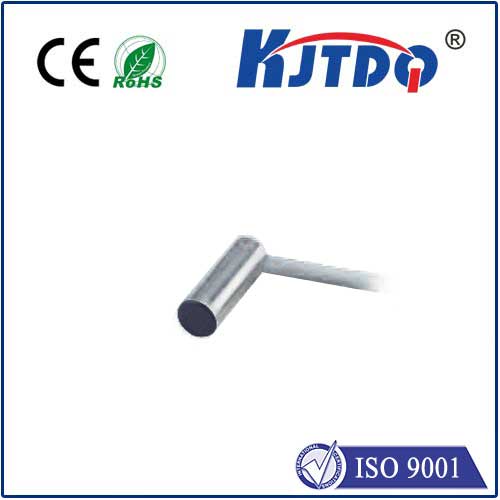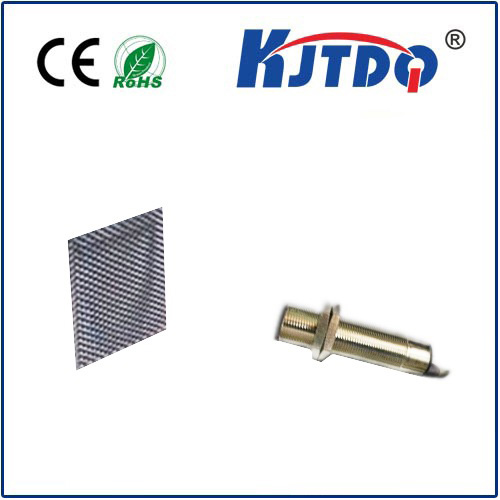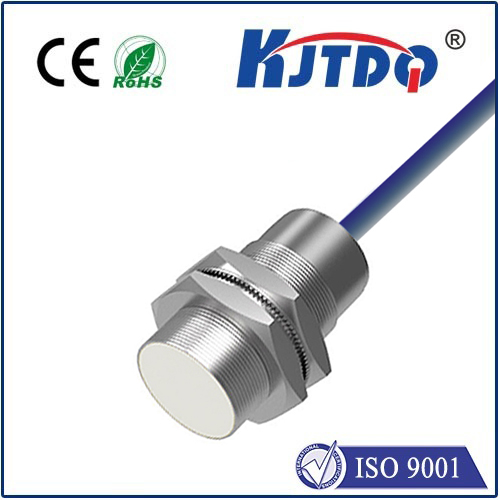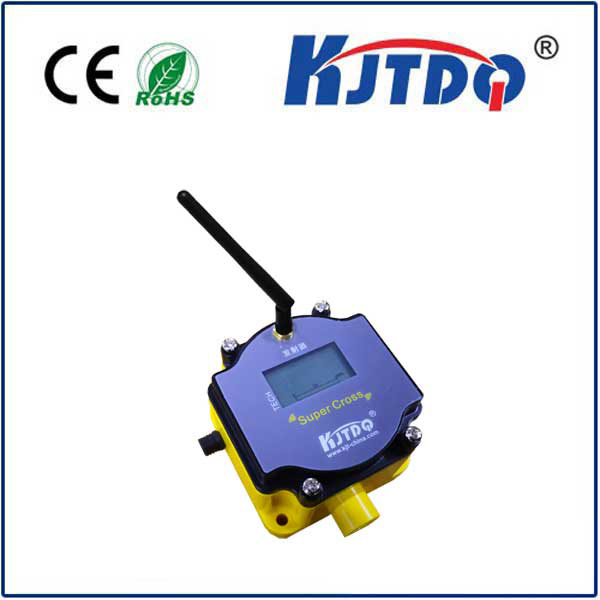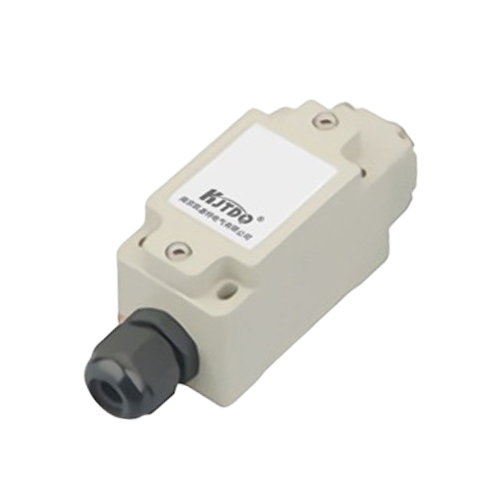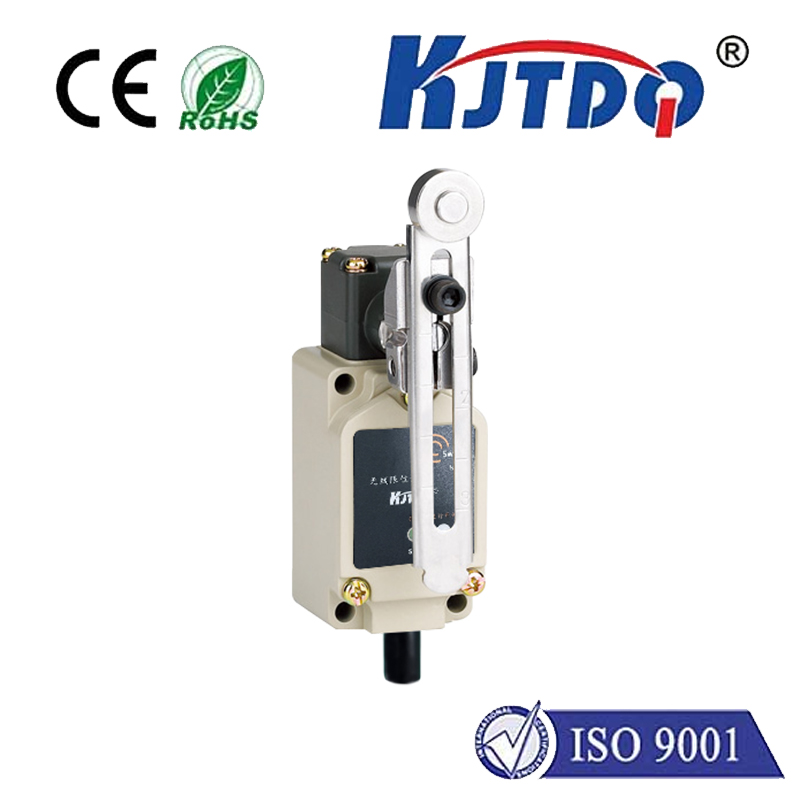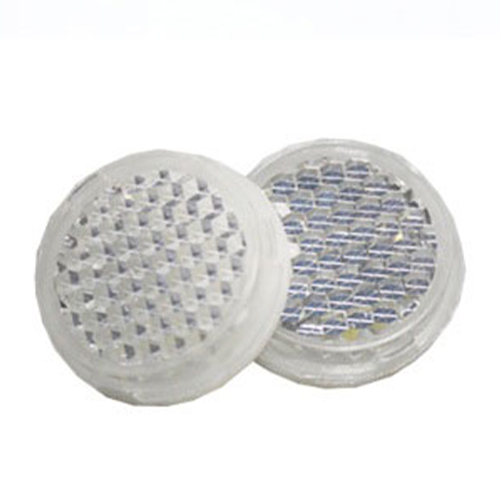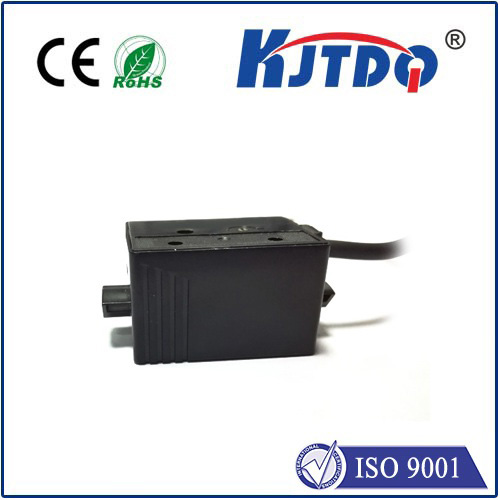

check

check

check

check

check

check

check

check

check

check
Title: Understanding Dayton Limit Switch and Its Importance in Industrial Automation
Introduction to Dayton Limit Switch
In industrial automation, devices are often used to control the movement of machines and equipment. One such device is the limit switch, which helps to prevent machines from operating beyond their safe operating range. The Dayton limit switch is a popular type of limit switch that is widely used in various industries due to its reliability, accuracy, and long lifespan. This article will provide an overview of the Dayton limit switch, its components, and its importance in industrial automation.
Components of Dayton Limit Switch
The Dayton limit switch consists of two main parts: the contact arm and the lever arm. The contact arm is typically made of a metal or plastic material that comes into contact with the machine's moving parts when the machine reaches its safe operating range. When the machine moves beyond its safe operating range, the contact arm disengages from the lever arm, preventing further damage to the machine or personnel.
The lever arm is a thin rod that extends from the contact arm. It connects to a circuit that can be activated by a magnetic force or a mechanical force. When the machine reaches its safe operating range, the contact arm remains in contact with the lever arm, allowing the circuit to remain closed. When the machine moves beyond its safe operating range, the contact arm disengages from the lever arm, deactivating the circuit and stopping the machine from functioning.
Importance of Dayton Limit Switch in Industrial Automation
Dayton limit switches are crucial in industrial automation for several reasons:
1. Safety: One of the primary functions of a limit switch is to ensure safety in industrial settings. By preventing machines from operating beyond their safe operating range, limit switches help to reduce the risk of accidents and injuries.
2. Accuracy: Limit switches can be adjusted to different tolerance levels, allowing manufacturers to fine-tune their machines for optimal performance. This leads to increased accuracy and efficiency in production processes.
3. Reliability: Dayton limit switches are designed to operate reliably under harsh conditions, such as extreme temperatures, high pressure, and vibration. This makes them ideal for use in industries where reliable operation is crucial, such as automotive manufacturing and oil drilling.
4. Longevity: With proper maintenance and care, Dayton limit switches can last for many years, reducing replacement costs and downtime associated with repairs or replacements.
Conclusion
In conclusion, understanding the components and importance of Dayton limit switches is essential for maintaining safe and efficient industrial automation systems. By selecting high-quality limit switches designed for specific applications, manufacturers can ensure their machines perform reliably and safely under a variety of conditions.

